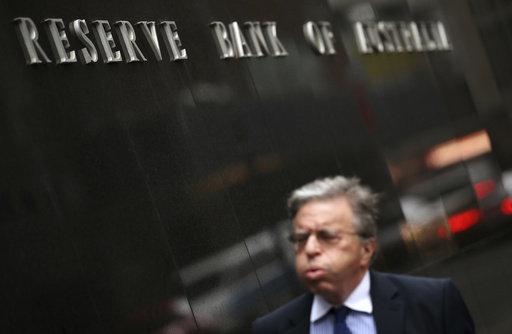
The Reserve Bank of Australia lowered the cash rate by 25 basis points, bringing it down from 4.35% to 4.1% during its first board meeting of the year. This decision had been widely expected, following an inflation increase of only 0.2% for the December quarter and an annual rate of 2.4% for the calendar year 2024. Notably, annual inflation had peaked at 7.8% two years prior.
In an effort to maintain inflation within a designated target range of 2% to 3%, the bank has been adjusting interest rates accordingly. “Inflation has significantly decreased since its peak in 2022, as elevated interest rates have worked to bring aggregate demand and supply into better alignment,” stated the board in an official announcement.
Furthermore, Bank Governor Michele Bullock cautioned against making assumptions regarding anticipated economic forecasts that suggested multiple rate cuts later this year. The next opportunity for the board to review interest rates will be on April 1.
“While many other central banks have implemented sharp interest rate cuts over the past year, we have pursued a different approach,” Bullock remarked in a press conference. “Our policy rate was not raised as aggressively as in various countries overseas. We assessed that as long as inflation expectations remained stable, we could afford to take additional time to achieve our inflation target while simultaneously keeping unemployment rates lower.”
As of December, Australia’s unemployment rate was close to a record low of 4%, rising from 3.9% in November. Bullock noted that the U.S. intentions to hike tariffs on its trading partners could negatively impact global economic activity.“The implications of tariff threats and international situations are quite uncertain and, regrettably, unpredictable,” she stated.
This interest rate adjustment has been welcomed by Prime Minister Anthony Albanese’s center-left Labor Party, which is gearing up for elections potentially scheduled by May 17. Treasurer Jim Chalmers expressed gratitude for the independent board’s decision, stating, “This is the relief that Australians need and merit. While it may not resolve every economic or household budget issue, it will certainly assist.”
Chalmers further highlighted that his government has managed to reduce inflation without experiencing the adverse effects seen in other nations, such as high unemployment rates, economic contractions, and recessions. Since the current administration was elected on May 21, 2022, twelve out of the last thirteen rate hikes have occurred.
The cycle began during the waning days of the previous government, which witnessed a rise in rates from an all-time low of 0.1% to 0.35% as of May 4, 2022. Leading up to the upcoming election campaign, the issues of high living costs and a housing shortage across Australia are expected to dominate discussions.
The Reserve Bank maintained the cash rate at 4.35% since November 2023, representing the highest level since it had decreased from 4.5% to 4.25% back in December 2011.

